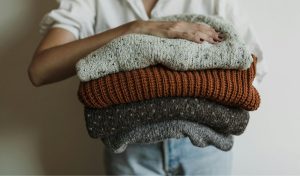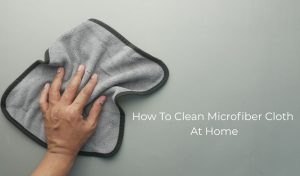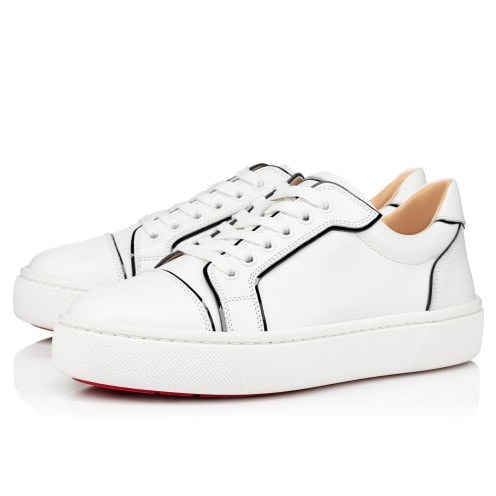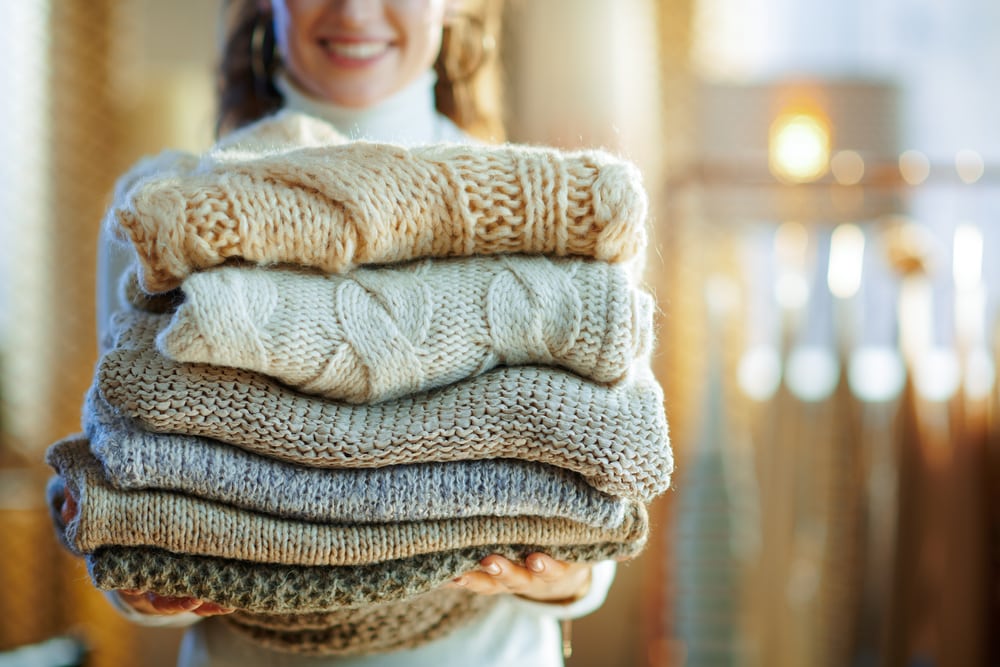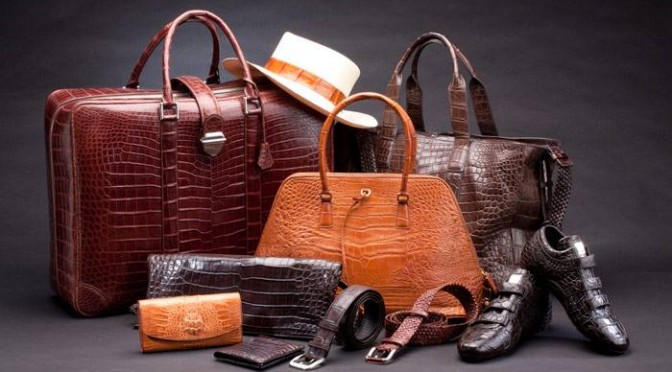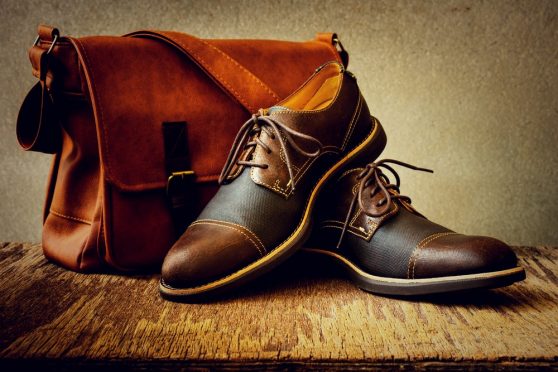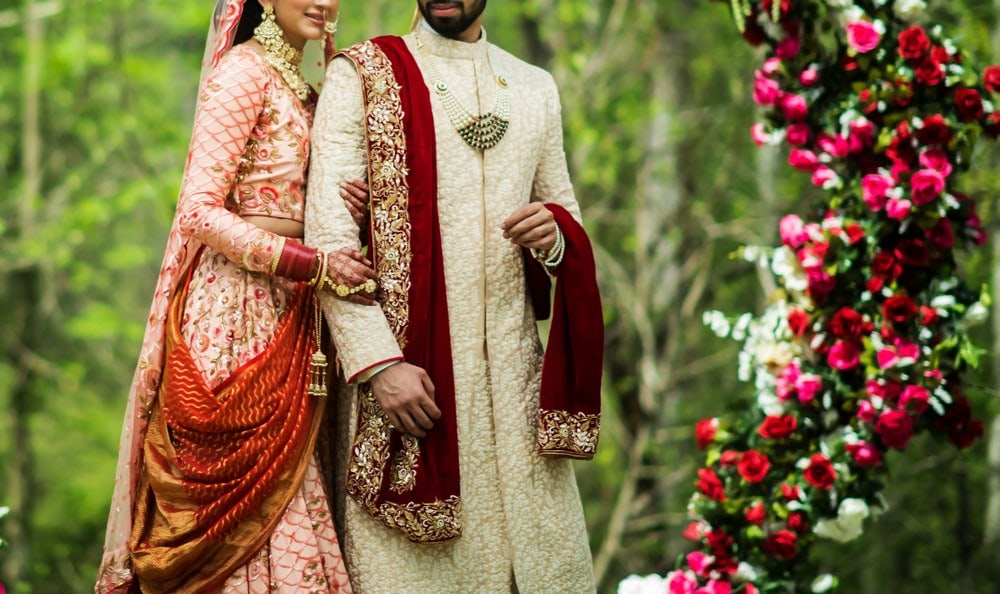Many people end up losing their favorite garment...
Read More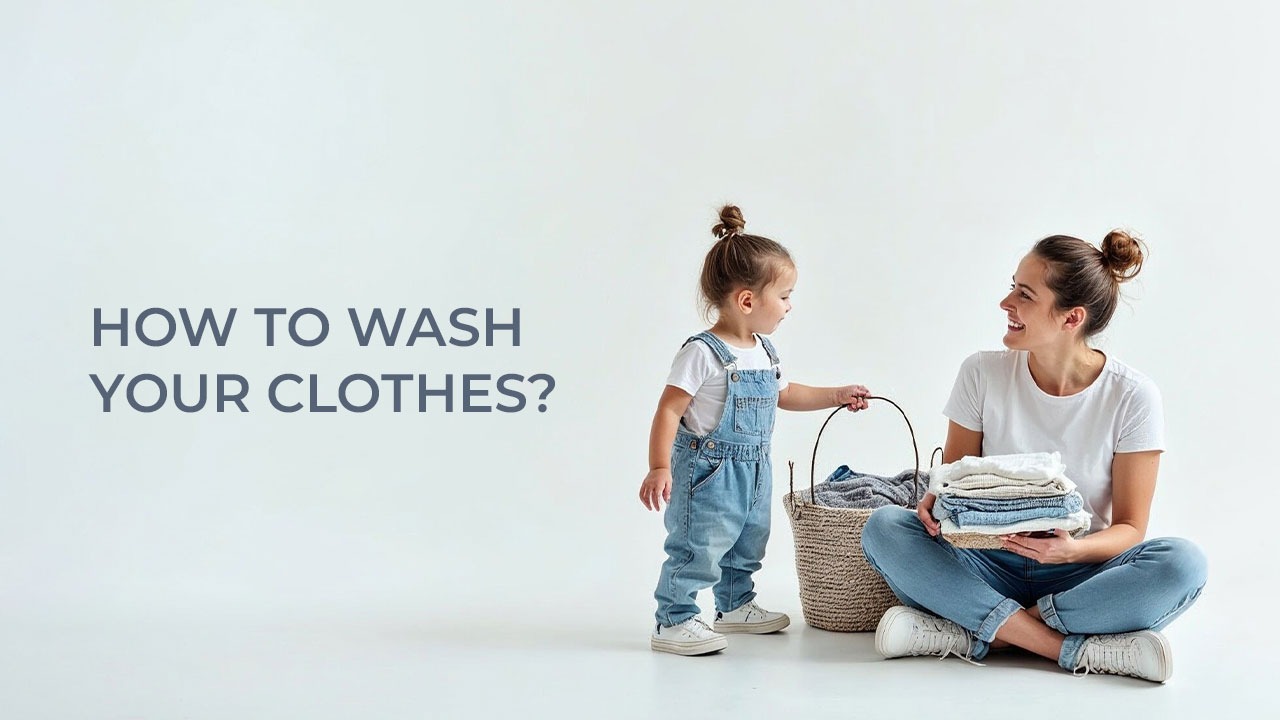
Table of Contents
Clean clothes are among the top necessity of our daily life but getting clen clothes is not a cake walk for perfectly clean clothes, the clothes should be washed properly. It may seem very easy to washing the clothes but it si not that simple. From separating colors to choosing the right method, each step in washing clothes is to followed carefully for effective result. So, If you are also looking for a blog which provides all the steps in washing clothes with pictures, then we are here with an ultimate guide on “how to wash clothes” with step by step details.
Read More: Why should we wear cotton clothes in summer?
Washing Clothes: Step By Step Guide
Here are the step by step guide on “how to wash your clothes”. Read the steps carefully for effective cleaning.
Step 1: Always sort your clothes and fabric type before washing.
Step 2: Read the care label for more specific instructions related to washing and drying.
Step 3: As per the fabric, select the water temperature, wash cycle, and load size so that your fabric could not be damaged.
Step 4: Pick the right detergent for your clothes and fabric softener if needed.
Step 5: Choose the method of washing: washing machine or hand washing
Step 6: Dry your clothes as per the fabric and required sunlight.
Get spotless clothes at your doorstep in rainy days!
Method 1: Washing Clothes With Machine And Dryer
Here is the step by step guide on “how to wash clothes in washing machine” and how to dry them
Step 1: Sort Your Clothes Before Washing Clothes
When washing your clothes, it is very important to know which type of cleaning our cloth does require? Sorting your clothes needs to keep some important things to consider like color, fabric, embellishments on cloth, and much more like this. We all know that all clothes are not same that’s why we need to sort them before washing as not all the clothes can withstand same water temperature, drying, and washing machine settings. The first thing while sorting is to separate light and dark colored clothes. When it comes to washing new clothes, there are high chances of color bleeding. Any clothes that are white and shades of white pastel like cream, light pale, beige, etc should go in one time in to the washing machine while on the other hand, all the colored clothes should go altogether in the washing machine and they are considered as “dark pile of clothes”. If you don’t separate clothes according to their color, you might see color bleeding stains on your white clothes.
Second factor which is more important while sorting your clothes is the fabric of your clothes. Different fabrics need different wash cycle like heavier clothes fabric need heavy or strong washing machine setting while on the other hand, lighter clothes does not need heavy cycle they can be washed with a normal cycle/ medium setting. Apart from this, clothes with heavy embellishments need a delicate cycle. So, it is better to sort your clothes on the basis of fabric type.
Step 2: Follow the Wash Care Label/Care Tag
Following wash care label tagged in your clothes is the second important thing that you need to consider while washing your clothes. Did you think why there is always a wash care label sewn into your clothes? Never! No worries, let us tell you the exact reason. Wash care label always tells about the any special method we need to follow while washing, drying, or ironing them so that their fabric be prevented from any damage. Even, wash care labels also tell you that whether you need to handwash the clothes or to use washing machine.
Step 3: Select the Right Water Temperature
Right water temperature is also very important to wash your clothes. We need to understand the required temperature for every fabric and also on the color of the cloth. However, you will find that settings are different in semi automatic washing and automatic washing machines, so you need to select the right settings for your clothes. Here are some tips that you can follow while washing your clothes.
- Use hot water cycle for light colored clothes which are dirty
- Use cold water for dark colored clothes as cold water prevents color bleeding.
- Cotton fabric clothes should be washed in cold water as it prevents shrinkage.
Step 4: Select the Right Size of Load
Selecting the right amount of load before putting them into washing machine is also very important. You must have seen the knob on your washing machine or any button that enables you to select the wash cycle. If you have few clothes to wash then you must choose the low/small cycle. For medium and large pile of clothes, select medium and heavy setting respectively.
Get Shiny and spotless saree at home
Step 5: Select the right washing Cycle
When learning how to wash clothes properly, understanding your washing machine’s cycles is just as important as sorting laundry or choosing detergent. Each fabric type needs the right wash setting to stay in great shape. Washing machines offer multiple cycles, each designed for specific clothing needs.
Regular/Normal Cycle: Ideal for white clothes. This cycle uses hot water and a strong spin to leave whites looking crisp and clean.
Permanent Press: Perfect for colored clothes. It washes with warm water and ends with a cool rinse to help prevent color fading.
Delicate Cycle: Best for delicate fabrics like dry-fit wear, dress shirts, bras, and cotton sweaters. Always check clothing tags to avoid machine-washing items meant for hand wash or dry cleaning.
Using the right cycle ensures your clothes stay fresh, last longer, and maintain their color, making it the best way to wash clothes at home.
Step 6: Using the Right Detergent and Fabric Softener
One of the most important steps in washing clothes effectively is using the right washing fluid. This includes detergent, bleach, and fabric softener. Depending on your washing machine type and fabric needs, you can either add the clothes first and pour the detergent over them or fill the washer ⅓ with water, mix in the detergent, and then add the clothes. This method is especially helpful for top-loading machines.
Detergent: The amount of detergent you use depends on your laundry load size. Most detergent caps come with measurement marks. For washing a small load, fill ⅓ of the cap; for a medium load, ⅔; and for a large load, use a full cap. Always check the detergent label, especially for concentrated formulas, to avoid using too much. Choosing the right amount ensures you wash clothes efficiently without residue.
Bleach: Use chlorine bleach for making white clothes brilliantly white, but never use it on colored fabrics. If you’re washing colored clothes, go for all-fabric bleach, which is gentler and safe on colors. Bleach is especially useful when learning how to wash your clothes and deal with tough stains.
Fabric Softener: This can be added during the rinse cycle to leave your clothes soft and fresh-smelling. Many machines have a designated dispenser, just pour the softener in at the start, and the machine will release it at the right time. It’s a small step, but it makes a big difference in clothes washing results.
Understanding and using the right laundry products is essential in the steps of how to wash clothes in washing machine and achieve clean, fresh results every time. Whether you’re new to washing the clothes or just want better results, these tips will help you confidently wash your clothes the right way.
Step 7: Use the Correct Spin Settings in Dryer
When learning how to wash clothes and dry them properly, it’s important to know that not all fabrics are dryer-safe. Always check the care label, if it says “do not tumble dry,” skip the dryer and air dry those garments by hanging them in a well-ventilated space. After washing clothes, your dryer also plays a critical role, just like your washing machine. It offers various settings to protect fabric quality. Add a dryer sheet, close the door, and select the right cycle:
Regular/Heavy: Ideal for white clothes that are usually pre-shrunk and can handle high heat without damage.
Permanent Press: Best for colored clothes, as the medium heat prevents color fading.
Delicate: Use this for garments you washed on the delicate cycle. It uses room-temperature air and gentle tumbling to avoid fabric damage.
Choosing the correct drying method is just as important as knowing how to wash your clothes. Following the right clothes washing and drying steps ensures your garments stay fresh, last longer, and maintain their shape and color. Whether you’re a beginner figuring out how to wash clothes in washing machine or perfecting your laundry routine, drying the right way is a crucial part of washing the clothes effectively.
Method 2: How to hand wash Clothes At Home
Here, you will see how to handwash clothes at home without a washing machine. So, Lets move on the step by step guide:
Step 1: Take a bucket or tub filled with water
In the first step you need a bucket or tub full of water with usually oe to two gallons of water.
Step 2: Use the Right Detergent
When it comes to washing clothes by hand, it’s crucial to avoid using regular laundry detergent. The detergent used in washing machines is often too concentrated for hand-wash-only fabrics and can leave your clothes feeling stiff, grimy, or even damaged. Instead, choose a mild or delicate detergent, specifically formulated for gentle cleaning. You can find this type of detergent in the same aisle as regular ones at your local grocery store, just look for labels that say “delicate” or “for hand wash.” Knowing how to wash your clothes the right way, especially delicate items, ensures they stay soft, clean, and long-lasting.
Flat 20% off on 1st order-
schedule free pick up
Step 3: Soak Your Clothes In Detergent
After adding delicate detergent, gently swish your clothes through the water to ensure they are fully saturated. This helps the fabric absorb the detergent evenly for a thorough clean. For better results, let the clothes soak for a few minutes, especially when washing clothes by hand. It’s a simple yet essential step in learning how to wash your clothes properly and keep delicate fabrics in great condition.
Step 4: Rinsing Your Clothes
After washing your clothes by hand, rinse each item under warm, clean water preferably using the same faucet or sink where you filled your bucket. Gently squeeze the fabric and continue rinsing until there are no more suds and the water runs clear. This step is essential in the clothes washing process to ensure all detergent is removed and your garments stay soft and residue-free.
Step 5: Drying Clothes
When it comes to drying delicate clothes, avoid hanging them as it can cause the fabric to stretch or lose shape. Instead, lay them flat to dry on a clean, dry towel. This method helps maintain the garment’s structure and reduces wrinkles, an important final step in properly washing clothes and caring for delicate fabrics after you’ve learned how to wash your clothes by hand.
Read More: How to dry clothes in rainy season
Conclusion
Mastering how to wash clothes is more than just tossing them into a machine, it’s about understanding fabric care, choosing the right detergent, using proper wash and dry cycles, and treating delicates with extra attention. Whether you’re using a washing machine or hand washing clothes, each step plays a crucial role in keeping your garments clean, fresh, and long-lasting. By following these simple yet effective tips, you can make your clothes washing routine more efficient and avoid common laundry mistakes. So next time you wash your clothes, do it the right way.
Disclaimer: The opinions expressed in this article are those of the author. They do not necessarily purport to reflect the values or views of Tumbledry.
Best Ways to Use Vitamin C in Laundry
Don't let stains ruin your favorite clothes! Ever...
Read MoreHow to Keep Your Sweaters Soft and Fluffy:
Buying blazer for boys is not a cake...
Read MoreHow To Remove Slime From Clothes
Playing with slime is among the favorite activity...
Read MoreHow To Clean Microfiber Cloth At Home
We all know that microfiber clothes are very...
Read More10 Best Traditional Engagement Dress For Couples In
Wedding season is not so far and people...
Read MoreTop 30 Best Women Clothing Brands In India
Want to explore top 30 women clothing brands...
Read MoreHow To Remove Permanent Marker From Clothes?
There are many times when we get a...
Read MoreBest Shoes For Walking: Expert Tips For Long
Step into comfort and durability! Discover the best...
Read MoreBest Clothing Brands For Men
want to explore the best clothes brands for...
Read More


